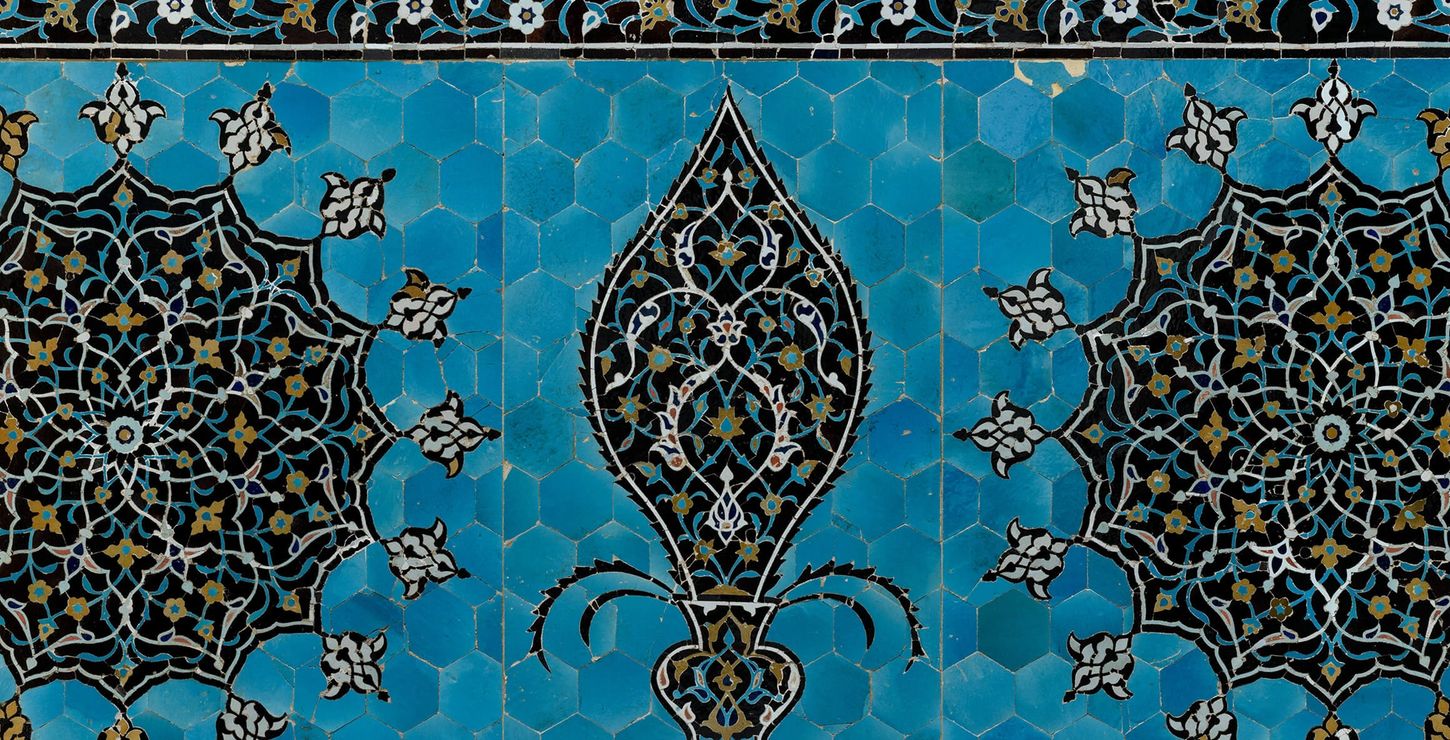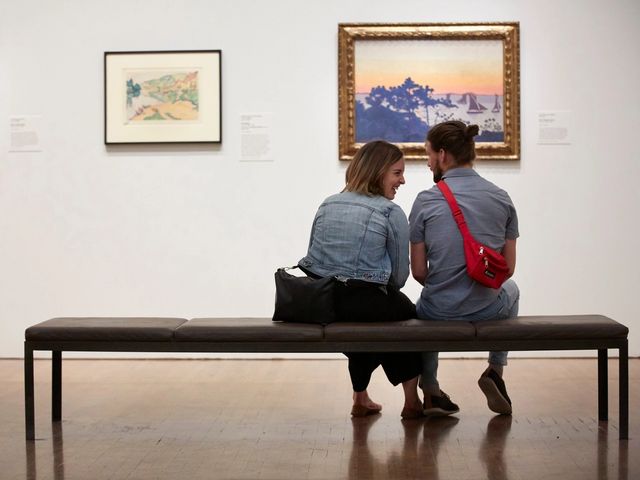Main Building
Ongoing
Islam began over 1,400 years ago in the Arabian Peninsula and soon spread across Asia, Africa, and Europe. Today Muslims live on every continent and make up a quarter of the world’s population. The term “Islamic Art” refers to a variety of artwork made by and for Muslims over the centuries. Here are some exquisite examples drawn from the museum’s collection.
Free with museum admission
Member admission is always free
Pay What You Wish admission on 1st Sunday of the month
Curators
Leslie Essoglou, Department Manager, South Asian Art; with Dilys Blum, The Jack M. and Annette Y. Friedland Senior Curator of Costume and Textiles; Dirk H. Breiding, The J. J. Medveckis Associate Curator of Arms and Armor; Felice Fischer, Curator Emerita of Japanese Art; Jack Hinton, Associate Curator of European Decorative Arts and Sculpture; and Darielle Mason, The Stella Kramrisch Curator of Indian and Himalayan Art
Related Events
Check out the variety of events offered by this program, for members and the public alike.








